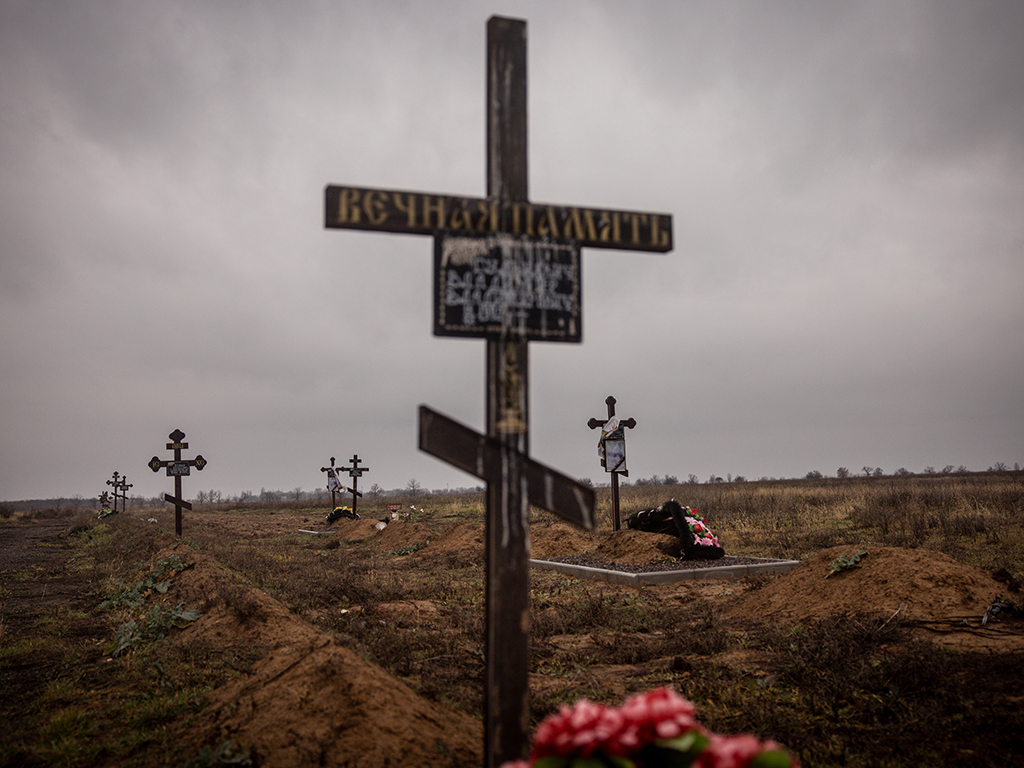
The city of Kherson, liberated at the beginning of November, is rebuilding after the retreat of Russian troops. Among the residents, aid workers and the Ukrainian government officials flocking to the city will be international war crimes investigators, drawn by what Russia has left behind.
As Ukrainian forces recaptured the city, reports emerged of traumatised survivors, torture chambers and mass graves. “So far, 63 bodies [bearing signs of torture] have been discovered throughout the Kherson region, but we must understand that the search has only just begun,” said Ukraine’s interior minister Denys Monastyrsky in a broadcast on 16 November. “Many more places of torture and burial places will be found.”



